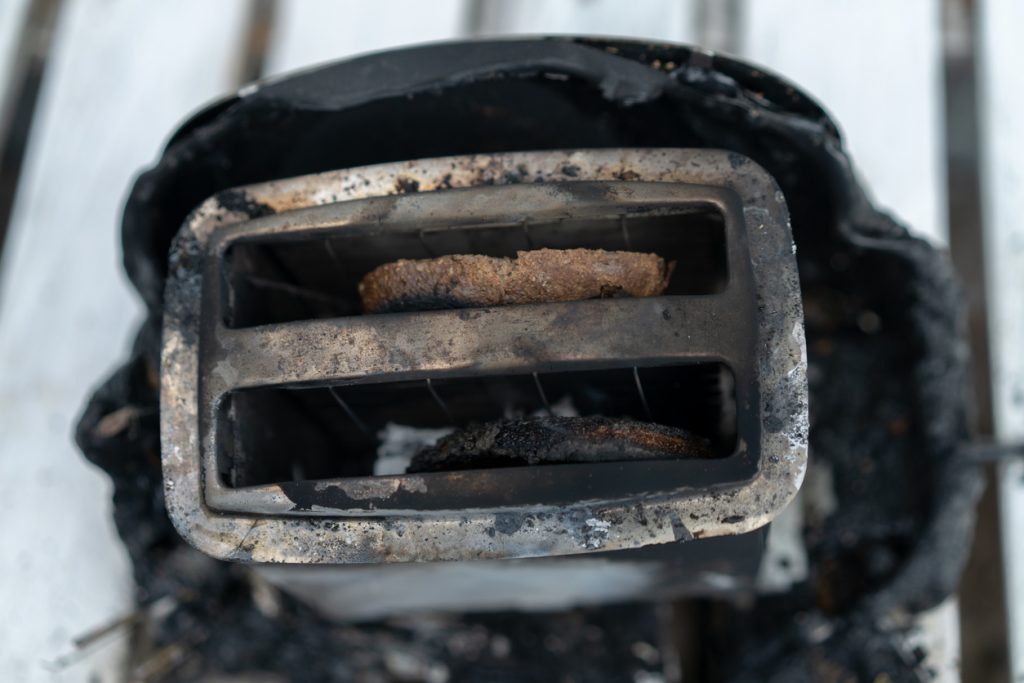
Texas law requires a plaintiff to base a liability claim on a design, a manufacturing, or a marketing defect. “Defective design” is a commonly used theory in product liability lawsuits. Unlike a manufacturing defect– which may happen as an anomaly once, twice, or a handful of times– a design defect yields an entire batch of dangerous products due to inherent conceptual flaws. While this can be challenging to prove, an experienced Dallas personal injury lawyer at Crowe Arnold & Majors, LLP, has experience doing just that.
What is a Design Defect?
A design defect makes a product “unreasonably dangerous” to consumers. While a manufacturing defect may be brought against a seller or assembler, a design defect is brought against the manufacturer only.
Plaintiffs alleging a defective design in Texas must essentially prove:
- There was a defect that caused harm.
- A less dangerous alternative design existed at the time of the alleged harm.
- The safer design was financially and technologically feasible for the manufacturer.
- The safer design would not have affected the product’s utility while preventing harm.
Failure to sufficiently answer these questions could result in a summary judgment and disposal of all claims.
Negligence vs. Strict Liability
Texas allows plaintiffs to pursue a case based on strict liability, in addition to the aforementioned negligence standards. In some cases, there may not be a viable alternative on the market– a revolutionary new medication or medical device, for instance.
While strict liability cases may be easier to prove, there are still certain elements that must be demonstrated:
- That the product was defective
- That no modifications were made between leaving the manufacturer and receipt by the plaintiff
- That the defect made the product dangerous, and
- That the defect directly caused the plaintiff’s injuries.
Rather than using experts and in-depth analysis to prove an error in the design and manufacturing process, you need only to prove that the manufacturer did something wrong, which caused a physical injury.
Civil Evidentiary Standards
All evidence presented in civil court must be “based on a preponderance of the evidence,” – meaning that the judge and jury believe your version of the truth is 51% or more likely to have happened. This is a lower standard of evidence than criminal court, where the threshold is “beyond a reasonable doubt” or at least 90% likely to have happened.
How is a Design Defect Proven?
A Dallas product liability attorney from a large, established firm has several resources to prove a design defect. Expert witness testimony is necessary. It could be a product engineer, designer, competing manufacturer, or product safety commissioner who testifies about a reasonable alternative.
We may also work with economists who can discuss the cost of manufacturing technology and how it would have been financially feasible for the manufacturer to add on reasonable safety features. One way of looking at the expense of an alternate design is to multiply the medical bills for injuries by the number of customers harmed. Would it have been cheaper to change the design or implement a recall or black box warning instead?
The best type of evidence comes from internal documents and early prototype testing that can reveal what manufacturers knew of potential defects. Ultimately, emails, production notes, tests, and documentation could show that the company went ahead with production anyway because it was cheaper, faster, or more feasible.
Contact our team of Dallas product liability lawyers for a free consultation
If you’ve been injured and are actively considering a product liability lawsuit, you likely have many questions about the road ahead. Compensation achieved through design defect civil litigation can help you cover your medical expenses, lost wages, loss of enjoyment in life, disability, and an estimated amount of pain and suffering. Crowe Arnold & Majors, LLP, offers free consultations with an experienced personal injury lawyer for these claims. In fact, you only pay a legal fee if we recover compensation on your behalf.





